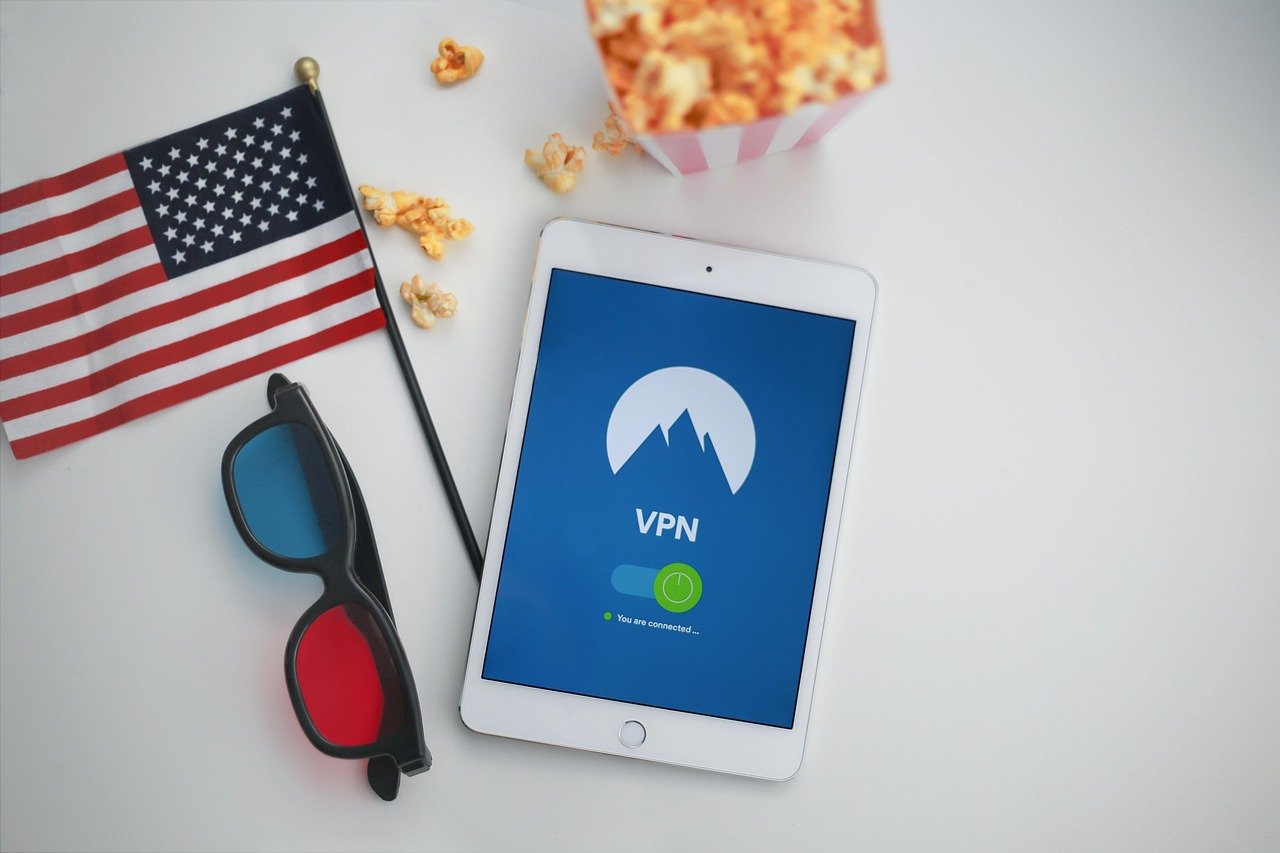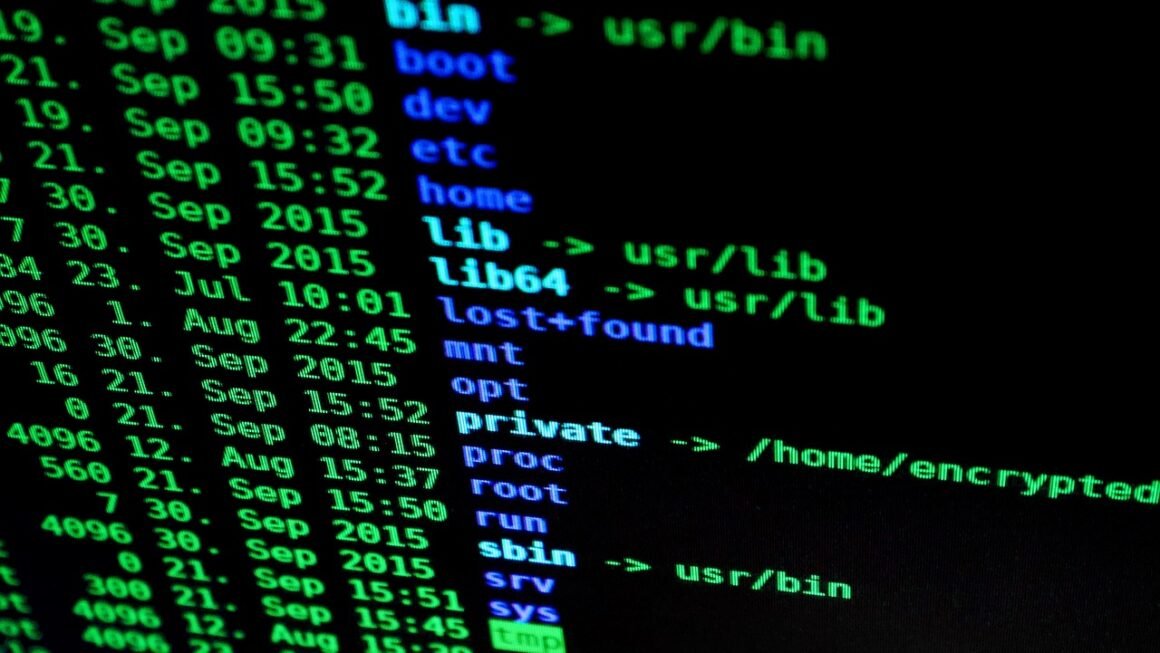Imagine turning on your computer one morning only to find that your files are encrypted, demanding a ransom for their release. Or perhaps, without your knowledge, your machine has become part of a botnet, silently contributing to malicious attacks across the internet. This is the reality of malware, a pervasive threat that affects individuals, businesses, and even governments. Understanding what malware is, how it works, and how to protect yourself is more crucial than ever in today’s digital landscape.
What is Malware?
Defining Malware
Malware, short for malicious software, is an umbrella term encompassing various types of software designed to harm or disrupt computer systems, networks, or devices. Unlike unintentional software bugs, malware is deliberately created with malicious intent. It can steal sensitive information, damage files, disrupt system operations, or even hold devices hostage. Understanding the different types of malware is the first step in protecting yourself.
Types of Malware
Malware comes in many forms, each with its own method of infection and its own malicious purpose. Here are some of the most common types:
- Viruses: These attach themselves to legitimate files and replicate by spreading to other files. They often require human interaction (e.g., running an infected program) to activate.
- Worms: These are self-replicating and can spread across networks without human intervention. They exploit vulnerabilities to infect systems.
- Trojans: These disguise themselves as legitimate software to trick users into installing them. Once installed, they can perform malicious activities such as stealing data or opening backdoors.
Example: A fake Adobe Flash Player update that installs a keylogger.
- Ransomware: This encrypts a victim’s files and demands a ransom payment for the decryption key.
- Spyware: This secretly monitors a user’s activity and collects personal information, such as passwords, credit card details, and browsing history.
- Adware: This displays unwanted advertisements, often in the form of pop-ups or banners. While not always inherently malicious, it can be intrusive and slow down system performance.
- Rootkits: These conceal malicious software and processes from detection, giving attackers persistent access to a system.
- Keyloggers: These record every keystroke a user makes, allowing attackers to steal usernames, passwords, and other sensitive information.
- Bots: These are malicious software programs that infect multiple computers (creating a “botnet”) and allow an attacker to control those computers remotely. Botnets are often used for DDoS attacks or sending spam.
How Malware Spreads
Malware spreads through various channels, exploiting vulnerabilities in software and human behavior:
- Email Attachments: Infected email attachments are a common vector. Avoid opening attachments from unknown senders or those that seem suspicious.
- Malicious Websites: Visiting compromised websites can lead to drive-by downloads, where malware is installed without the user’s knowledge.
- Software Vulnerabilities: Outdated software often contains security vulnerabilities that malware can exploit. Keep your software updated.
- Phishing: Phishing attacks use deceptive emails or websites to trick users into revealing personal information or downloading malware.
Example: An email that appears to be from your bank asking you to verify your account details by clicking on a link.
- Removable Media: Infected USB drives or other removable media can spread malware to multiple systems.
- Social Engineering: This involves manipulating individuals into performing actions that compromise security, such as revealing passwords or installing malicious software.
The Impact of Malware
Personal Impact
The impact of malware on individuals can be significant, ranging from minor annoyances to serious financial losses and identity theft.
- Data Loss: Malware can delete or encrypt important files, leading to data loss and potential financial hardship.
- Identity Theft: Spyware and keyloggers can steal personal information, such as passwords and credit card details, leading to identity theft and financial fraud.
- System Performance Issues: Malware can slow down system performance, causing frustration and decreased productivity.
- Privacy Violation: Malware can monitor your online activity and collect personal information without your consent, violating your privacy.
- Financial Loss: Ransomware attacks can result in significant financial losses as victims are forced to pay ransoms to recover their files.
Business Impact
For businesses, the consequences of a malware infection can be even more severe, potentially leading to reputational damage, financial losses, and legal liabilities.
- Business Interruption: Malware attacks can disrupt business operations, causing downtime and lost productivity.
- Financial Losses: Businesses can suffer significant financial losses due to data breaches, recovery costs, and legal expenses.
- Reputational Damage: A malware infection can damage a company’s reputation and erode customer trust.
- Data Breaches: Malware can be used to steal sensitive customer data, leading to legal liabilities and regulatory fines.
- Legal and Regulatory Compliance: Businesses must comply with various data protection laws and regulations, and a malware attack can result in fines for non-compliance.
* Example: A hospital suffering a ransomware attack, resulting in the theft of patient data and a violation of HIPAA regulations.
- Intellectual Property Theft: Malware can be used to steal trade secrets, patents, and other intellectual property.
Global Impact
Malware has a significant global impact, affecting critical infrastructure, governments, and international organizations.
- Cyber Warfare: Malware is increasingly used in cyber warfare to disrupt enemy operations and steal sensitive information.
- Espionage: Malware is used for espionage purposes, allowing governments and organizations to spy on their rivals.
- Critical Infrastructure Attacks: Malware can be used to attack critical infrastructure, such as power grids, water treatment plants, and transportation systems.
- Economic Disruption: Malware attacks can disrupt global trade and finance, causing economic losses.
Prevention Strategies
Installing and Maintaining Anti-Malware Software
A robust anti-malware solution is essential for protecting your system from malware. These programs scan your system for known malware signatures and suspicious behavior, and they can remove or quarantine infected files.
- Choose a reputable anti-malware program: Look for products from well-known vendors with a proven track record of effectiveness.
- Keep your anti-malware software up-to-date: Regular updates are crucial to ensure that your anti-malware software can detect the latest threats.
- Enable real-time scanning: Real-time scanning monitors your system for suspicious activity and blocks threats before they can infect your system.
- Schedule regular scans: Schedule regular full system scans to detect and remove any hidden malware.
Keeping Software Updated
Outdated software is a major vulnerability that malware often exploits. Keeping your operating system, web browser, and other software up-to-date is crucial for protecting your system.
- Enable automatic updates: Enable automatic updates for your operating system and other software to ensure that you always have the latest security patches.
- Install updates promptly: When updates are available, install them as soon as possible to patch any security vulnerabilities.
- Remove unused software: Uninstall any software that you no longer use to reduce the number of potential attack vectors.
Practicing Safe Browsing Habits
Being cautious while browsing the internet can significantly reduce your risk of malware infection.
- Avoid clicking on suspicious links: Be wary of links in emails, social media posts, and online advertisements, especially if they seem too good to be true.
- Only download software from trusted sources: Download software from the official websites of reputable vendors, or from well-known app stores.
- Be careful when opening email attachments: Avoid opening attachments from unknown senders or those that seem suspicious.
- Use a strong password and a password manager: Use a strong, unique password for each of your online accounts, and use a password manager to securely store and manage your passwords.
- Enable two-factor authentication: Enable two-factor authentication whenever possible to add an extra layer of security to your accounts.
Securing Your Network
Securing your home or business network is essential for protecting your devices from malware.
- Use a strong password for your Wi-Fi network: Use a strong, unique password for your Wi-Fi network to prevent unauthorized access.
- Enable network firewall: Make sure your network firewall is enabled to prevent unauthorized access to your network.
- Change default router passwords: Change the default administrator password on your router to prevent attackers from accessing your network settings.
- Consider using a VPN: A VPN can encrypt your internet traffic and protect your privacy, especially when using public Wi-Fi networks.
- Segment your network: Separate your devices into different network segments to limit the impact of a malware infection.
- Use a reputable DNS provider: Some DNS providers offer malware filtering, which can block access to known malicious websites.
Incident Response
Identifying a Malware Infection
Knowing how to identify a malware infection is critical for taking timely action.
- Slow system performance: A sudden drop in system performance can be a sign of a malware infection.
- Unusual error messages: Frequent or unusual error messages can indicate a malware infection.
- Unexpected pop-ups: Pop-up advertisements or warnings that appear unexpectedly can be a sign of adware or other malware.
- Changes to system settings: Unauthorized changes to system settings, such as your homepage or default search engine, can indicate a malware infection.
- Suspicious network activity: Unusual network activity, such as high CPU usage, can indicate a malware infection.
- Missing or corrupted files: The disappearance or corruption of files can be a sign of a malware infection.
- Ransomware demands: A ransomware demand is a clear indication of a malware infection.
Steps to Take When Infected
If you suspect that your system has been infected with malware, take the following steps immediately:
- Disconnect from the internet: Disconnect your system from the internet to prevent the malware from spreading to other devices.
- Run a full system scan: Run a full system scan with your anti-malware software to detect and remove the malware.
- Isolate the infected device: Isolate the infected device from the network to prevent the malware from spreading to other devices.
- Change your passwords: Change your passwords for all of your online accounts, especially your email and banking accounts.
- Monitor your accounts: Monitor your bank accounts and credit reports for any suspicious activity.
- Report the incident: Report the incident to the authorities and your IT department, if applicable.
- Consider professional help: If you are unable to remove the malware yourself, consider seeking professional help from a computer repair technician.
- Restore from backup: If you have a recent backup of your system, you can restore your system to a clean state.
Conclusion
Malware poses a significant threat to individuals, businesses, and governments. By understanding the different types of malware, how it spreads, and the potential impact, you can take proactive steps to protect yourself. Implementing robust prevention strategies, such as installing anti-malware software, keeping your software updated, practicing safe browsing habits, and securing your network, is essential for minimizing your risk. If you suspect that your system has been infected with malware, take immediate action to isolate the infection and remove the malware. Staying informed and vigilant is crucial in the ongoing battle against malware.



